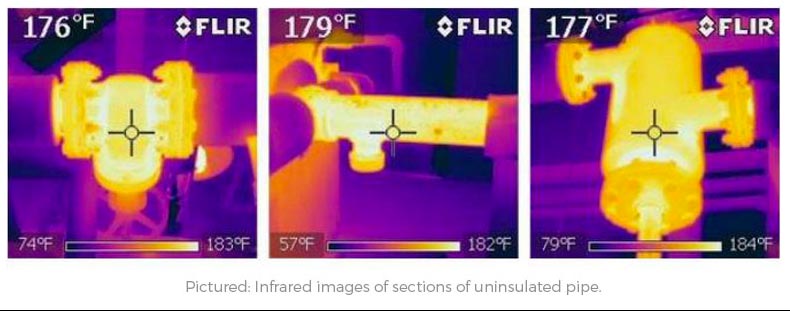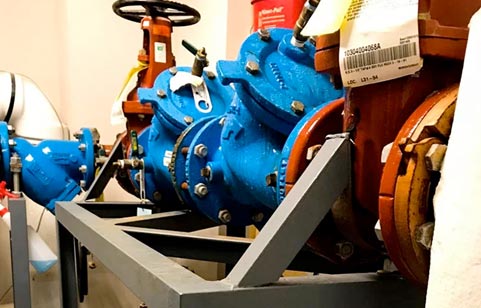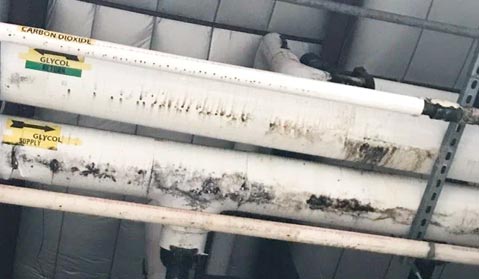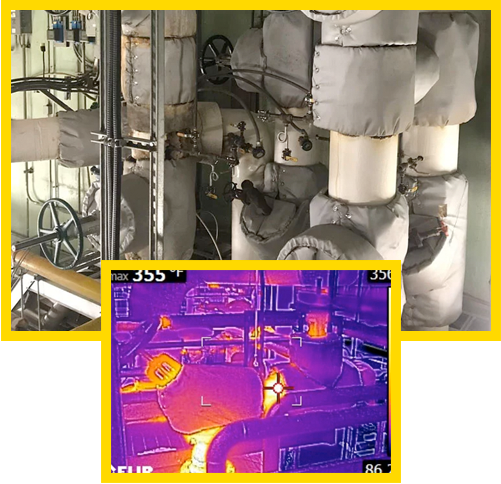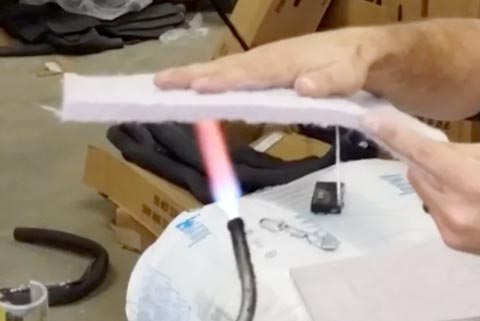Mechanical insulation is thermal insulation used on piping, HVAC systems, boilers, ducts, process equipment, and all types of mechanical systems. There are both immediate and long-term benefits to insulating.
Insulation is an extremely effective—but often overlooked—way to reduce a facility’s energy loss and greenhouse gas emissions, save money, improve processes, and protect personnel.
Despite all of these fantastic benefits, most people don’t consider insulation when developing their energy initiatives or yearly budgets. They either don’t install insulation at all—and don’t plan on installing it—or they fail to properly maintain their insulation, making it ineffective and even dangerous for facility personnel.
Insulation is one of the easiest and smartest investments industrial and commercial facilities can make. This guide explores all the ways a properly designed and installed insulation system benefits your facility.
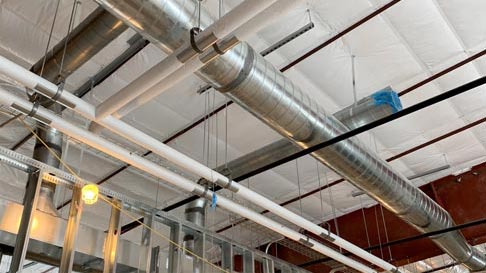
7 Keys for a Proper Insulation System
- Reduced Energy Use
- Fast ROI
- Lower Greenhouse Gas Emissions
- Condensation Prevention
- Personal Protection
- Improved Process Control
- Enhanced Facility Appearance
